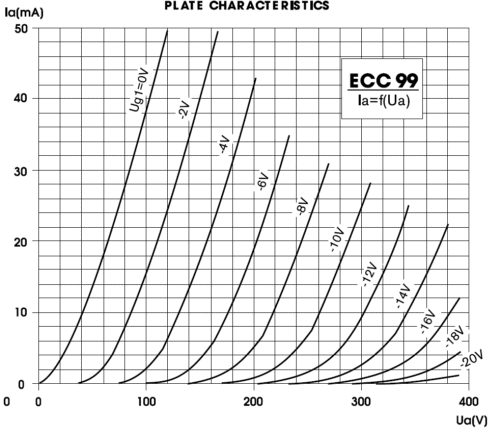00940
Headphoneus Supremus
- Joined
- Nov 6, 2002
- Posts
- 4,493
- Likes
- 47
Since I don't want to go further OT in Wakibaki's thread, I thought I'd create a new thread to post this. To be completely honest it is very much an intellectual exercise for now. So I'd really welcome anyone's input. Even to tell me this is completely wrong and i've been tricked by ltspice.
The following amp has very little in common in terms of topology with the ones posted earlier. In particular, it doesn't use the opamp to automatically bias the tubes anymore. Still, it is not very original and was thought off after reading many suggestions by Broskie, Gilmore, JCX, Spritzer, Wakibaki (and probably others I forget).
So here is the current suggestion:

The output DC-level is actually set to near 0V by the gnd-referenced mosfets on top, set up as µ-followers. Since the top mosfets have a fixed dc reference, we can maybe replace the suggested depletion mosfet by common ones. A quick search through digikey's filters brought me to the FQD1N80 (and maybe STD1NK80Z).
The tubes provide most of the voltage gain, the mosfet take care of most of the current variation. In sims, full output (about 1000Vp-p) at 20khz into a 130pF load is achieved, with a biasing of about 7ma per side.
Obviously, the input requires a balanced input. An alternative gain stage could replace the two opamps.
One thing that bugs me is that the output stage runs without global feedback, at the contrary of the schematic here . Still, lightly loaded triodes are fairly linear.
For the power supply, I would use Elvee's excellent "simple hv regs." I've got one working flawlessly at 300V for a µ-follower hybrid.
The following amp has very little in common in terms of topology with the ones posted earlier. In particular, it doesn't use the opamp to automatically bias the tubes anymore. Still, it is not very original and was thought off after reading many suggestions by Broskie, Gilmore, JCX, Spritzer, Wakibaki (and probably others I forget).
So here is the current suggestion:
The output DC-level is actually set to near 0V by the gnd-referenced mosfets on top, set up as µ-followers. Since the top mosfets have a fixed dc reference, we can maybe replace the suggested depletion mosfet by common ones. A quick search through digikey's filters brought me to the FQD1N80 (and maybe STD1NK80Z).
The tubes provide most of the voltage gain, the mosfet take care of most of the current variation. In sims, full output (about 1000Vp-p) at 20khz into a 130pF load is achieved, with a biasing of about 7ma per side.
Obviously, the input requires a balanced input. An alternative gain stage could replace the two opamps.
One thing that bugs me is that the output stage runs without global feedback, at the contrary of the schematic here . Still, lightly loaded triodes are fairly linear.
For the power supply, I would use Elvee's excellent "simple hv regs." I've got one working flawlessly at 300V for a µ-follower hybrid.








